
CIWRO’s vision is to be a global leader in severe and high-impact weather research, bridging partnerships between OU, NOAA, and consortium institutions to transform scientific understanding into products that provide innovative, life-saving forecasts that reduce the impacts of extreme weather on communities and ecosystems.


Our cooperative institute brings unique expertise to develop, update, maintain, and operate weather radar facilities, and to conduct and analyze field campaigns that support NOAA’s world-class research and development. CIWRO continues to support revolutionary radar technology, such as dual polarization and phased array in stationary and mobile radar, to capture the morphology and dynamics of severe weather phenomena.
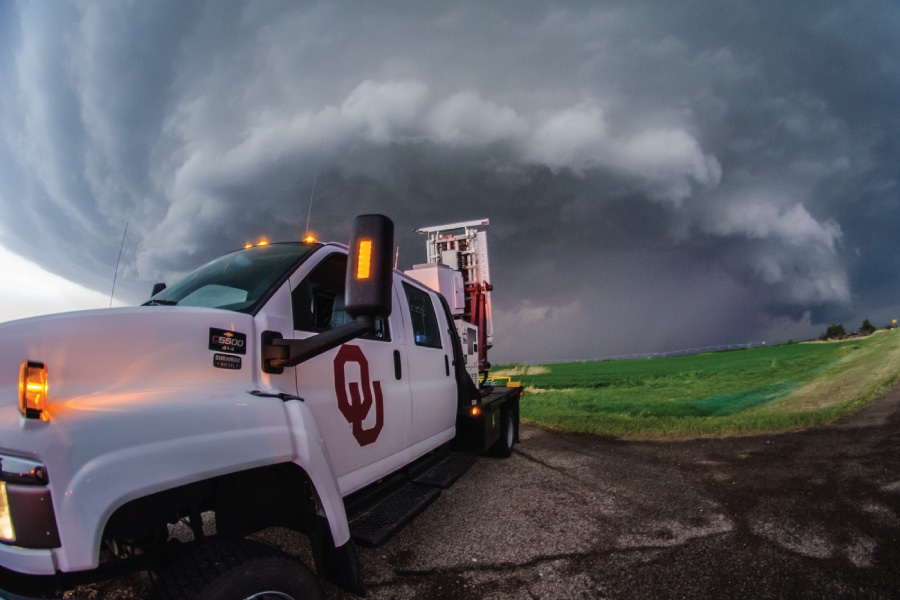
CIWRO makes significant contibutions through its process studies and critical analysis of how hazardous weather forms. CIWRO continues to support NOAA’s goal of producing short-term probabilistic forecasts. Theoretical and modeling studies also build on the foundation of observations for explicitly simulating electrification and lightning as well as cloud microphysical, boundary layer, convective, mesoscale, and dynamic processes.
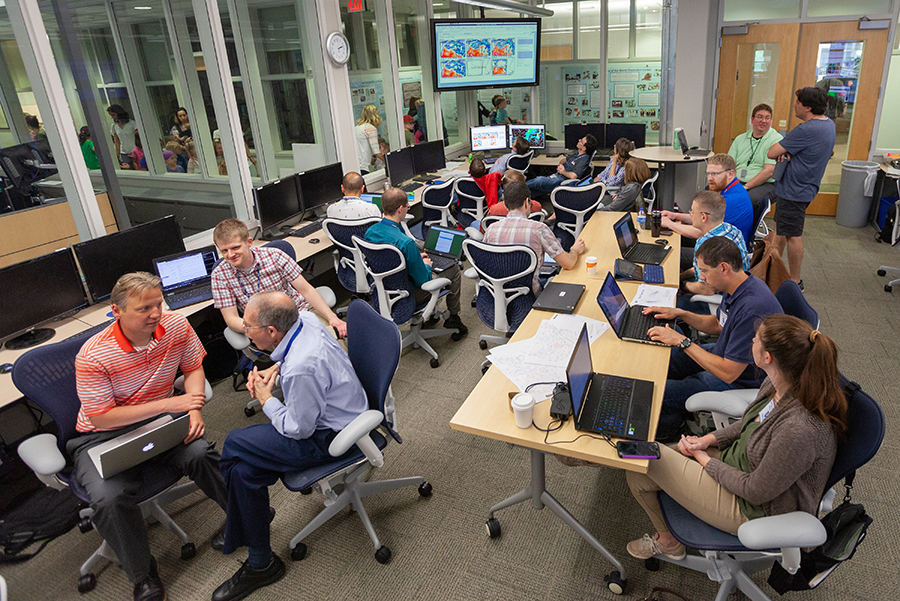
We integrate and convert our research results into meaningful decision-support tools and forecasting techniques for the National Weather Service. The goal is to equip forecasters with tools to provide useable output to decision makers, emergency planners, and the public. By harnessing cutting-edge science and technology, CIWRO helps to maximize the effectiveness of forecast improvements.
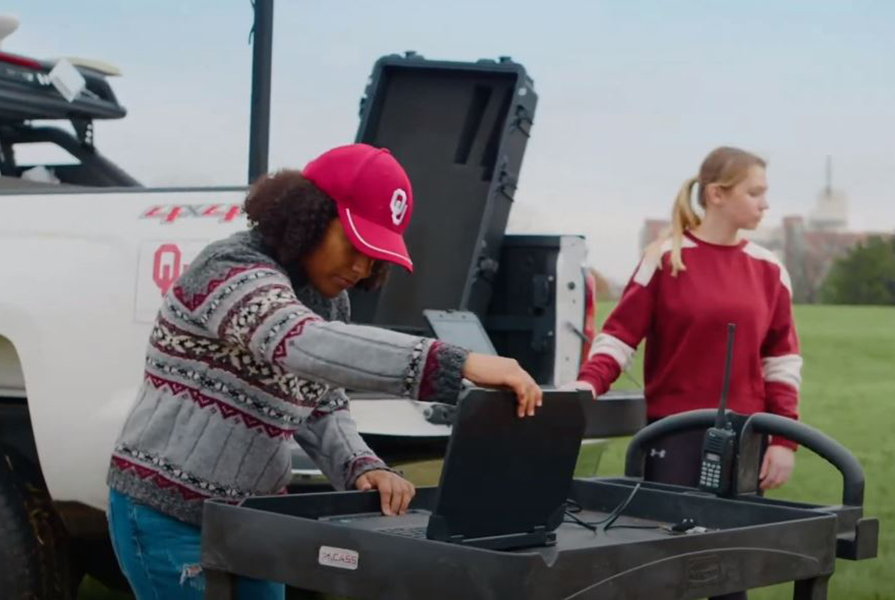
CIWRO scientists extend and apply the understanding of mesoscale processes to the problem of predicting weather anomalies that extend from a few weeks to several months ahead. Connections between monthly temperature and precipitation anomalies and severe weather outbreaks are examined. Improved subseasonal-to-seasonal (S2S) forecasts can anticipate disruptive events that require deployment of resources, provision of food and water security, and tactical planning.
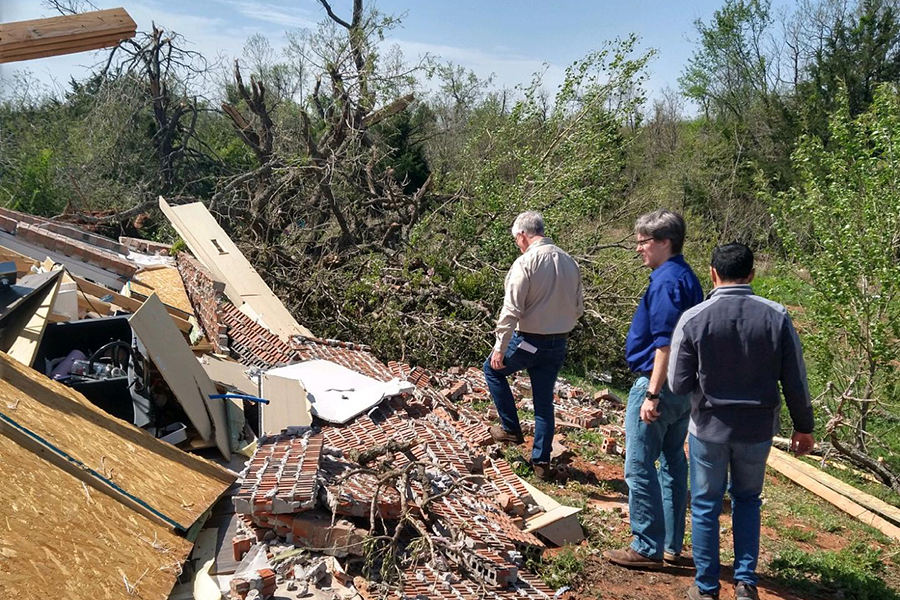
We perform social, behavioral, and economic sciences research related to the public response to weather forecasts and related hazardous weather information. Ensuring that the public and other stakeholders take advantage of forecasts is a multi-disciplinary challenge that demands a team science and integrated research approach. Social scientists, meteorologists, emergency managers, and communication and media practitioners work closely to effectively communicate science, forecasts, and hazardous weather information, as well as to enhance the messaging of forecast uncertainty to the public.
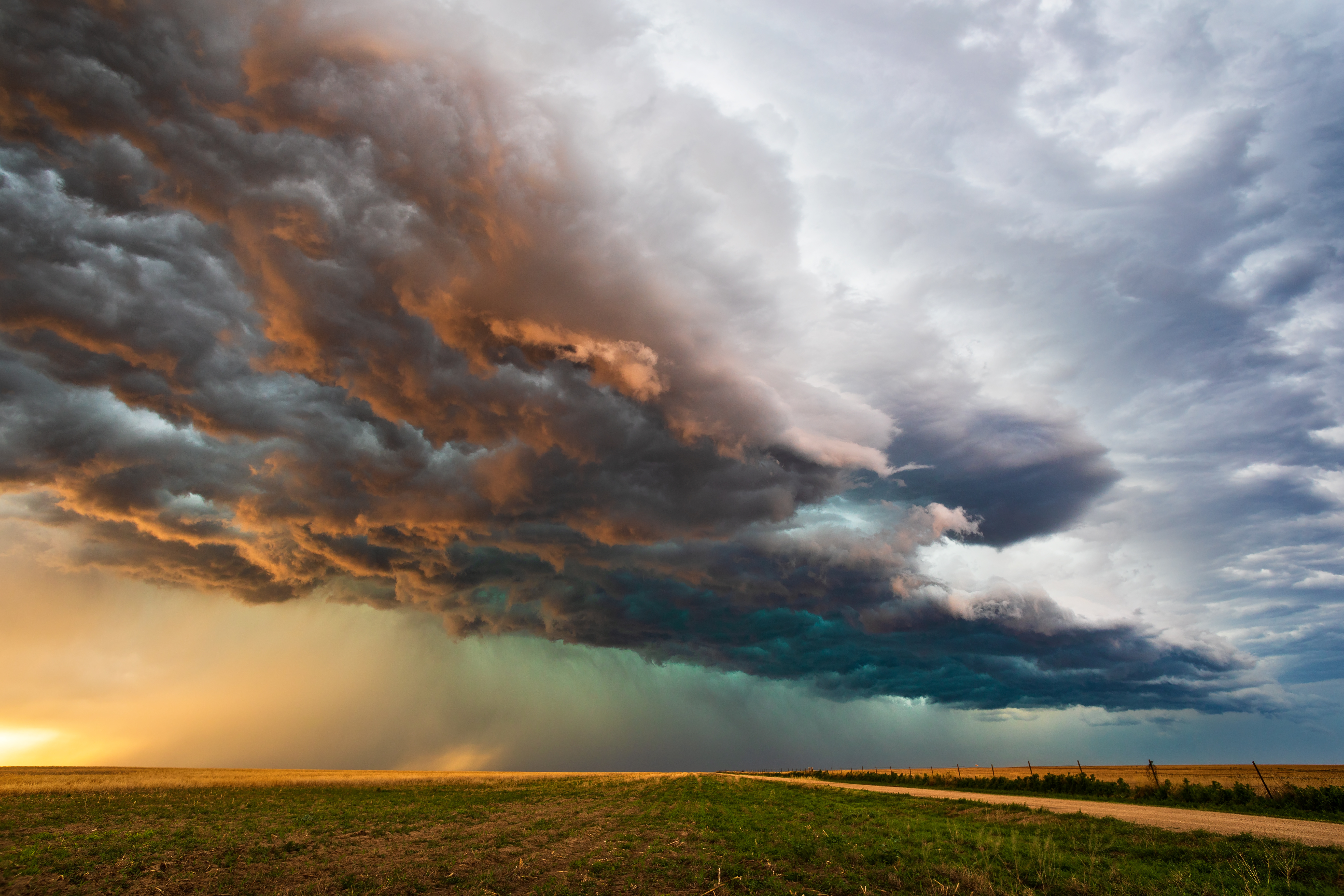
September 12, 2024
Two atmospheric researchers at the University of Oklahoma have received funding from the Department of Energy’s Atmospheric System Research program. Greg McFarquhar and Zachary Lebo will both lead projects to advance understanding of cloud processes by utilizing datasets from distinct atmospheric field campaigns.
We employ more than more than 200 researchers, support personnel and students. Their contributions to research are changing how the public responds to severe weather threats.

Flexible work hours and easy area commutes enable employees to address personal needs without sacrificing personal leave. Our structured career-track program allows for advancement and professional prestige while maintaining a healthy work/life balance.